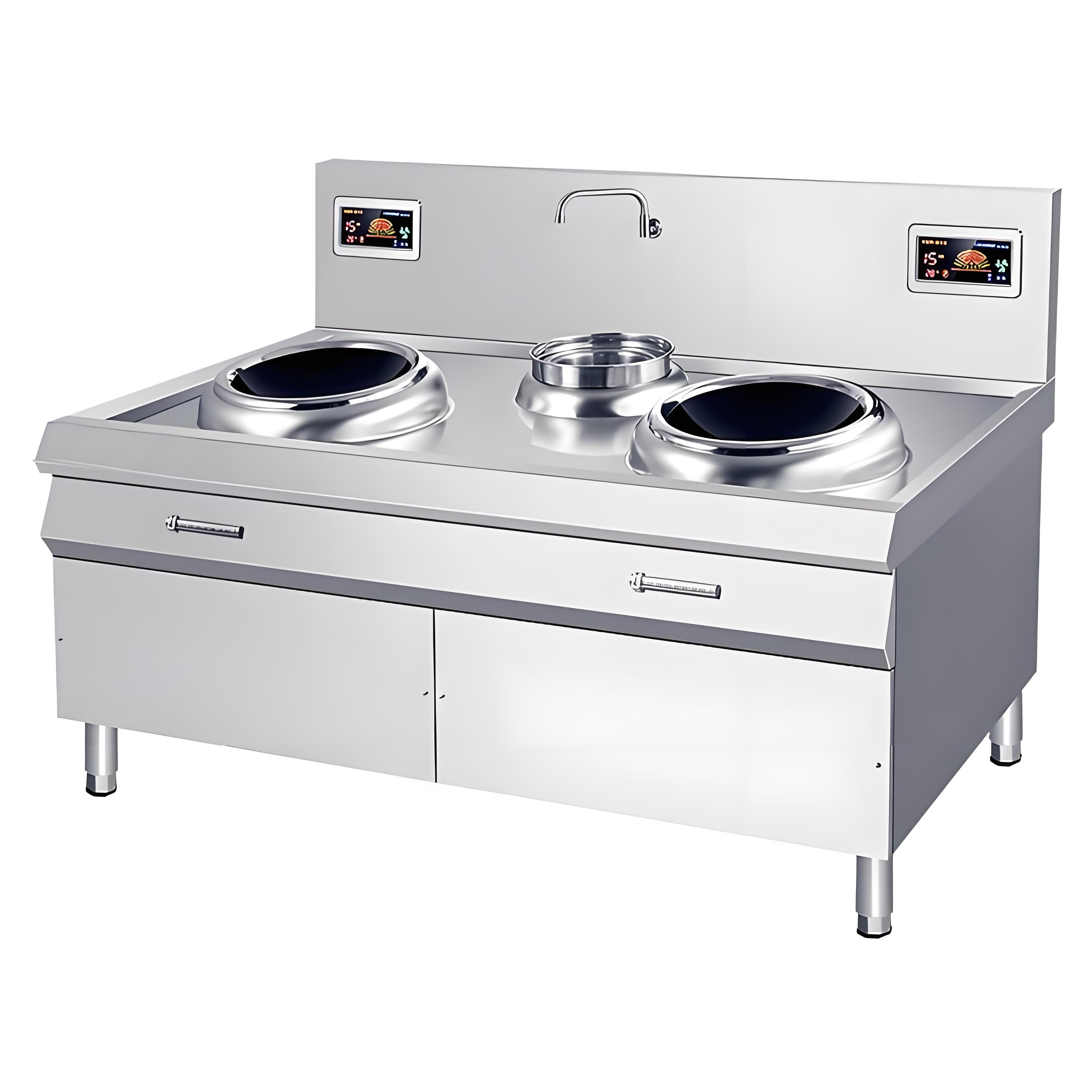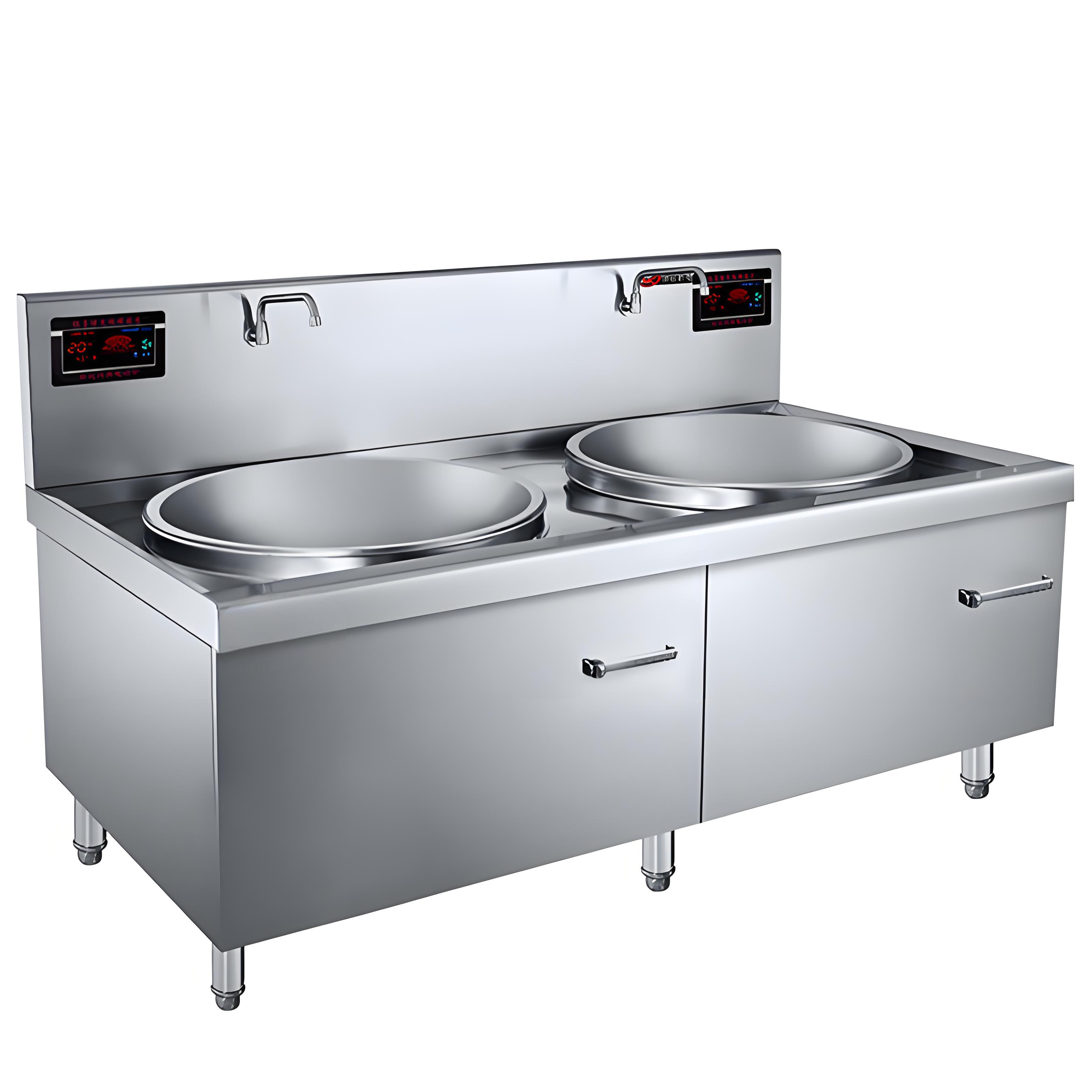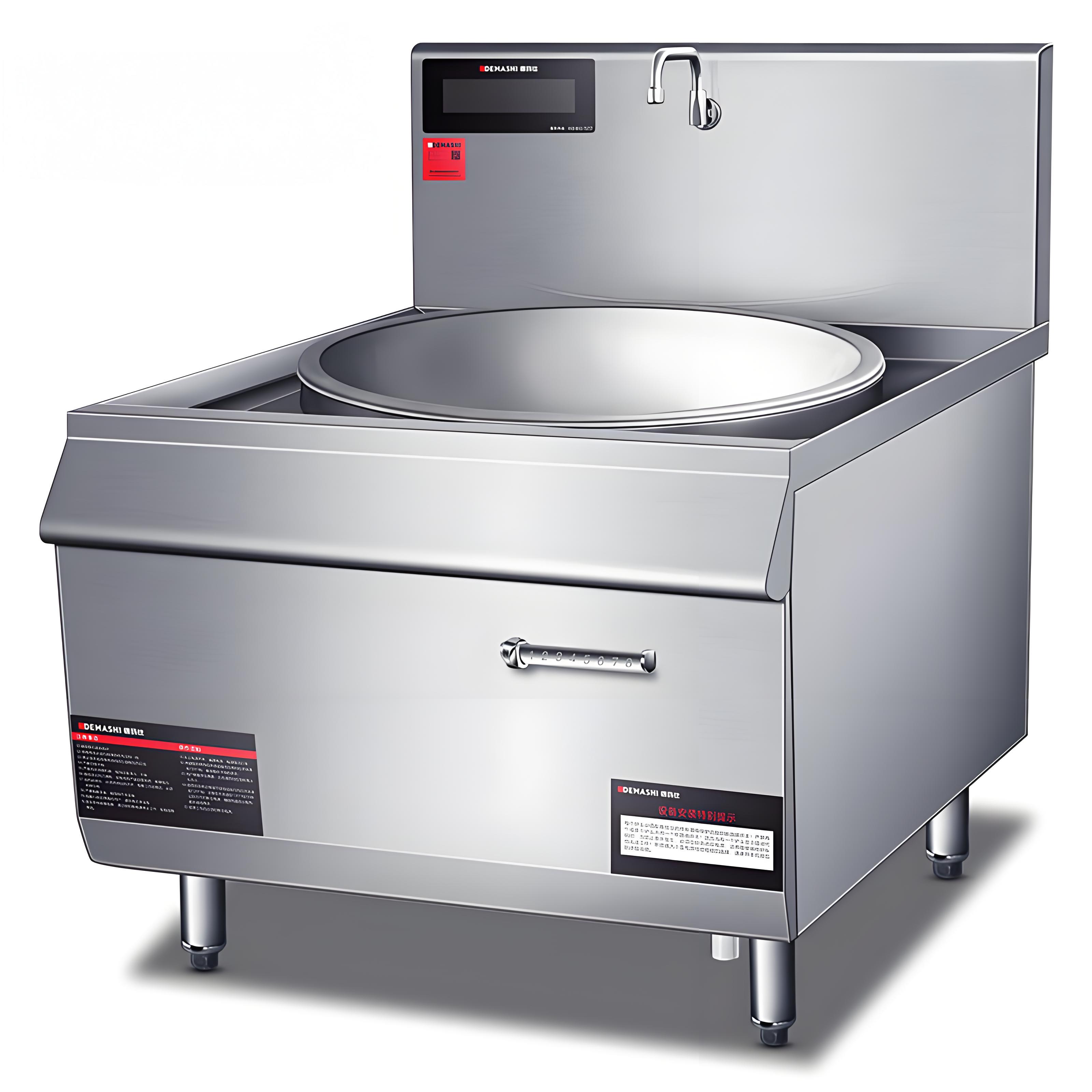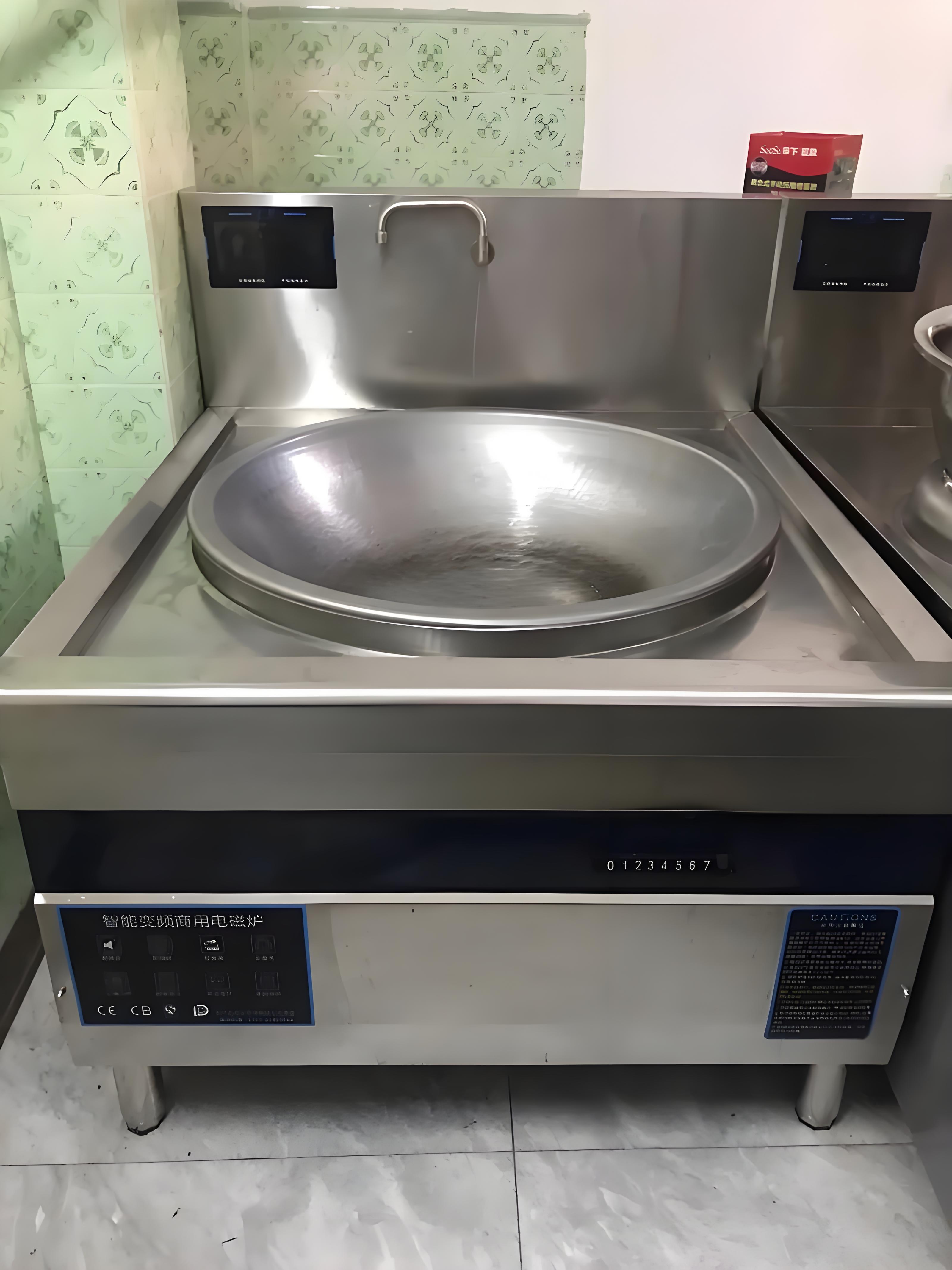I’ve been tinkering with kitchen appliances for over a decade, from helping friends troubleshoot their cooktops to consulting on commercial kitchen setups. When I hear someone ask, “Why is my high-power induction cooktop heating so slowly?” I know the frustration behind it—you’re expecting lightning-fast boiling water or a perfectly seared steak, but instead, you’re stuck waiting longer than you’d like. It’s a common issue that doesn’t always mean your cooktop is broken. In this article, I’ll walk you through why your induction cooktop might be heating slowly, how to diagnose the issue, practical fixes you can try, and when it’s time to call a professional. Let’s dive in and get your cooktop back to its speedy self!
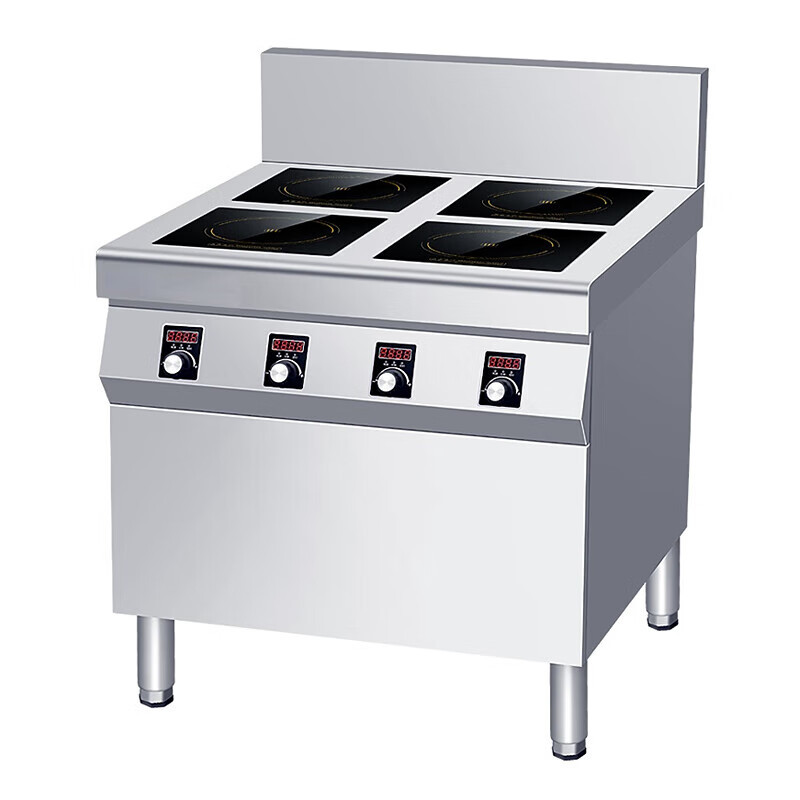
Why Is My Induction Cooktop Heating Slowly?
Induction cooktops are loved for their efficiency and speed, often boiling water faster than gas or traditional electric stoves. A high-power model (typically 2000W or more) should heat up quickly, so a sluggish performance can feel like a betrayal. Before assuming it’s broken, let’s explore the most common reasons for slow heating:
Incompatible Cookware
Induction cooktops rely on magnetic fields to heat cookware directly. If your pots or pans aren’t induction-compatible (made of ferromagnetic materials like cast iron or certain stainless steels), the cooktop won’t transfer heat efficiently, resulting in slow or no heating. I once spent 20 minutes troubleshooting a friend’s “broken” cooktop, only to realize they were using an aluminum pan that wasn’t magnetic!
Improper Cookware Placement
Even with the right cookware, if the pan isn’t centered on the cooking zone or is too small for the burner, the cooktop’s sensors may reduce power output, slowing down heating. Most high-power cooktops need the pan to cover at least 70-80% of the cooking zone for optimal performance.
Power Supply Issues
Induction cooktops are power-hungry, often requiring a dedicated 220-240V circuit. If the voltage is unstable, the circuit is overloaded, or you’re using an extension cord, the cooktop may not get enough power, leading to slower heating.
Cooktop Settings or Modes
Many modern induction cooktops have power-limiting modes, like an “eco” setting or a safety feature that caps power to prevent overheating. If you’ve accidentally activated one of these modes, the cooktop might underperform. I’ve seen this happen when someone borrowed my cooktop and switched it to a low-power mode without realizing it.
Internal Component Wear
Over time, components like the induction coil, power board, or sensors can degrade, especially in heavily used cooktops. This can reduce heating efficiency, though it’s less common in newer models.
Environmental Factors
If the cooktop is in a poorly ventilated area or surrounded by other heat-generating appliances, its internal cooling system may throttle power to prevent overheating, slowing down performance.
Dirty or Damaged Surface
A dirty cooktop surface or scratches on the glass can interfere with the magnetic connection between the cooktop and the pan, reducing efficiency.
These issues don’t always mean your cooktop is broken—many are fixable with simple adjustments. Let’s break down how to diagnose and address them.
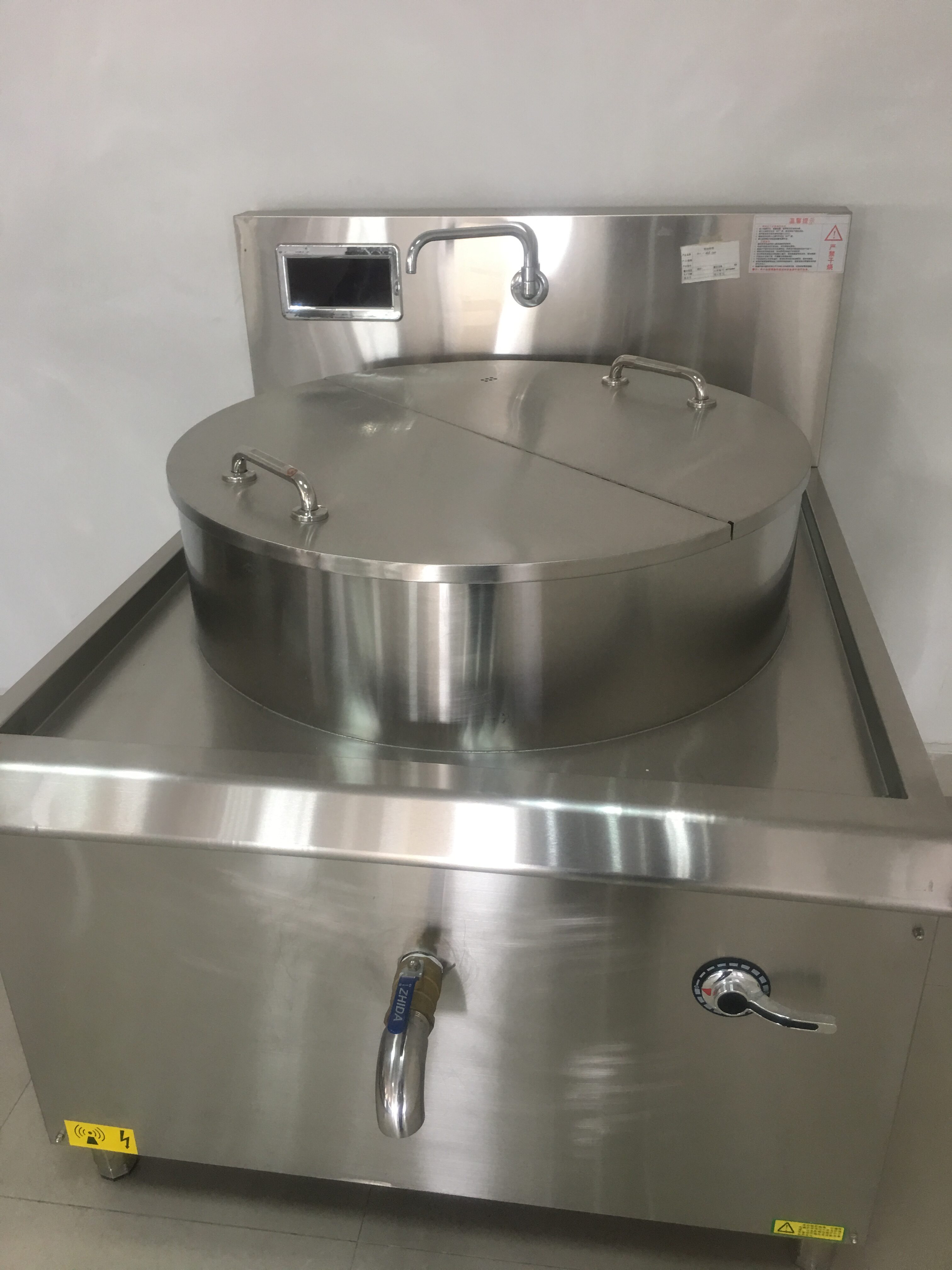
Diagnosing the Problem
Before you panic and call a technician, try these steps to pinpoint why your high-power induction cooktop is heating slowly. I’ve used this checklist myself when troubleshooting both my own kitchen and clients’ setups:
Check Cookware Compatibility
Take a magnet (like a fridge magnet) and see if it sticks to the bottom of your pan. If it doesn’t, your cookware isn’t induction-compatible. Look for a flat-bottomed pan made of cast iron, enameled cast iron, or magnetic stainless steel. Pro Tip: Check for an induction symbol (a coil-like icon) on the cookware’s packaging or base.
Inspect Cookware Size and Placement
Ensure the pan’s diameter matches or slightly exceeds the cooking zone’s size. For a 2000W burner, a pan of 18-24cm is usually ideal. Center the pan precisely on the cooking zone—off-center placement can trick the cooktop’s sensors into reducing power.
Verify Power Supply
Check if your cooktop is plugged into a dedicated 220-240V outlet. If you’re using an extension cord or sharing the circuit with other appliances (like a microwave), the cooktop may not get enough power. I once helped a client whose cooktop was sluggish because their kitchen’s old wiring couldn’t handle the load—upgrading the circuit fixed it.
Review Settings
Check the control panel for any active modes like “eco,” “low-power,” or “child lock.” Consult your user manual to reset the cooktop to its default high-power mode. Some models also have a “boost” function for maximum power—try activating it to test performance.
Inspect the Cooktop Surface
Clean the glass surface with a damp cloth and mild detergent to remove grease or debris. Check for scratches or cracks, as these can disrupt the magnetic field. If the surface is damaged, you may need professional repair.
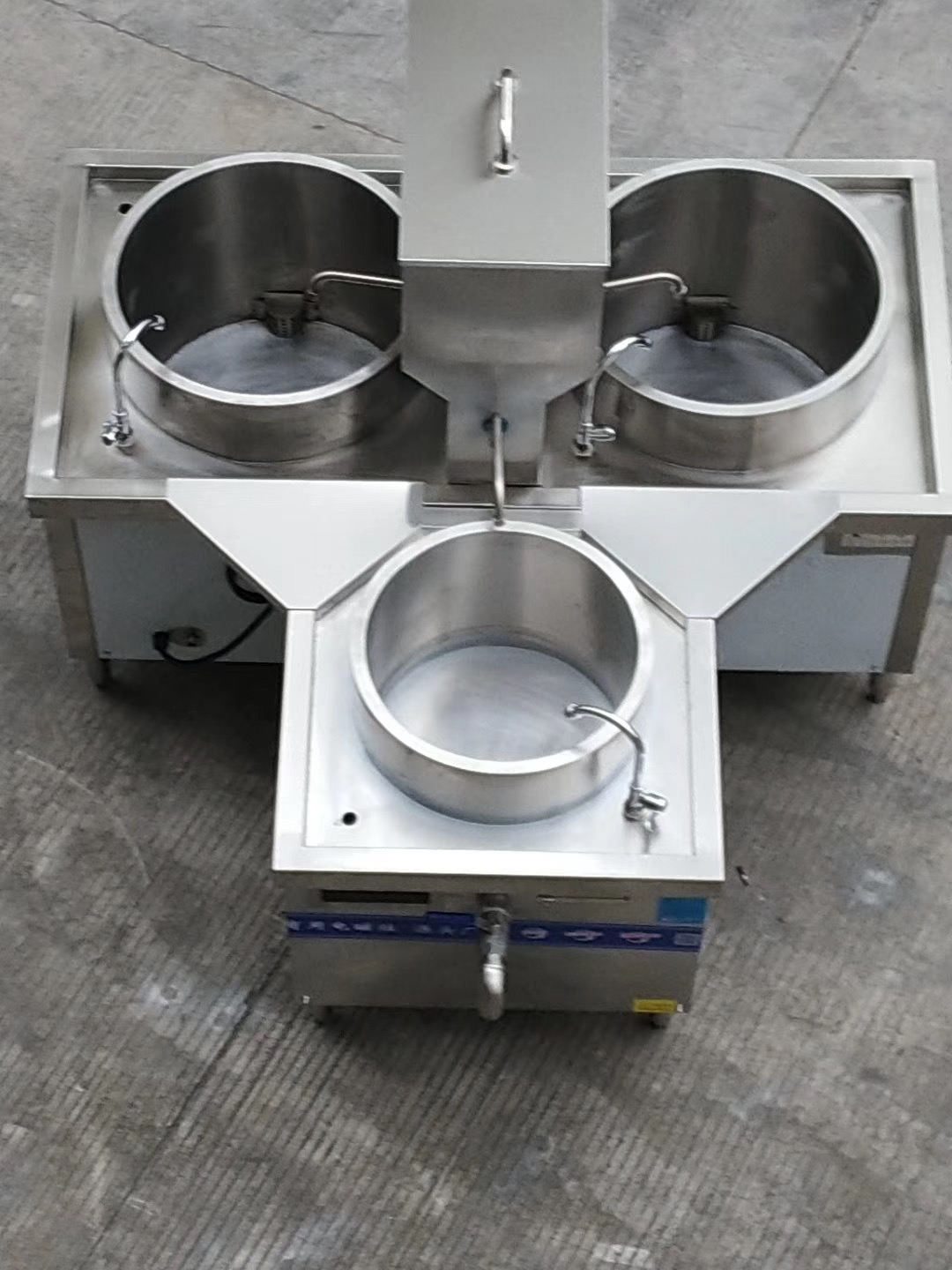
Test Ventilation
Ensure the cooktop has at least 10-15cm of clearance around it for airflow. If it’s too close to walls or other appliances, move it or improve ventilation to prevent overheating.
Run a Boil Test
Fill a compatible pan with 1 liter of water, set the cooktop to its highest setting, and time how long it takes to boil. A 2000W induction cooktop should boil 1 liter of water in about 3-4 minutes. If it takes significantly longer (say, 6-8 minutes), there’s likely an issue.
Here’s a quick diagnostic table to summarize:
| Issue | Symptoms | Quick Check | Solution |
|---|---|---|---|
| Incompatible Cookware | No heat or slow heating | Test with a magnet | Use magnetic cookware |
| Poor Placement | Uneven or slow heating | Check pan alignment | Center pan on zone |
| Power Supply | Reduced power output | Check outlet and circuit | Use dedicated 220-240V outlet |
| Settings Error | Lower-than-expected heat | Check control panel | Reset to high-power mode |
If these checks don’t resolve the issue, it’s time to consider whether internal components are at fault, but don’t worry—I’ll cover that later.
Practical Fixes You Can Try
Once you’ve identified the likely cause, here are practical steps to fix the slow heating and get your cooktop performing like new:
Switch to Compatible Cookware
Invest in induction-ready cookware if your current pans aren’t compatible. I recommend cast iron skillets or stainless steel pots with a flat, magnetic base. Brands like Le Creuset or All-Clad are reliable, but even budget-friendly options work well if they’re induction-compatible.
Optimize Pan Placement
Always center the pan on the cooking zone and ensure it’s the right size. If you’re using a smaller pan (e.g., 14cm on a 20cm zone), the cooktop may automatically reduce power. Upgrade to a larger pan or use a smaller cooking zone if available.
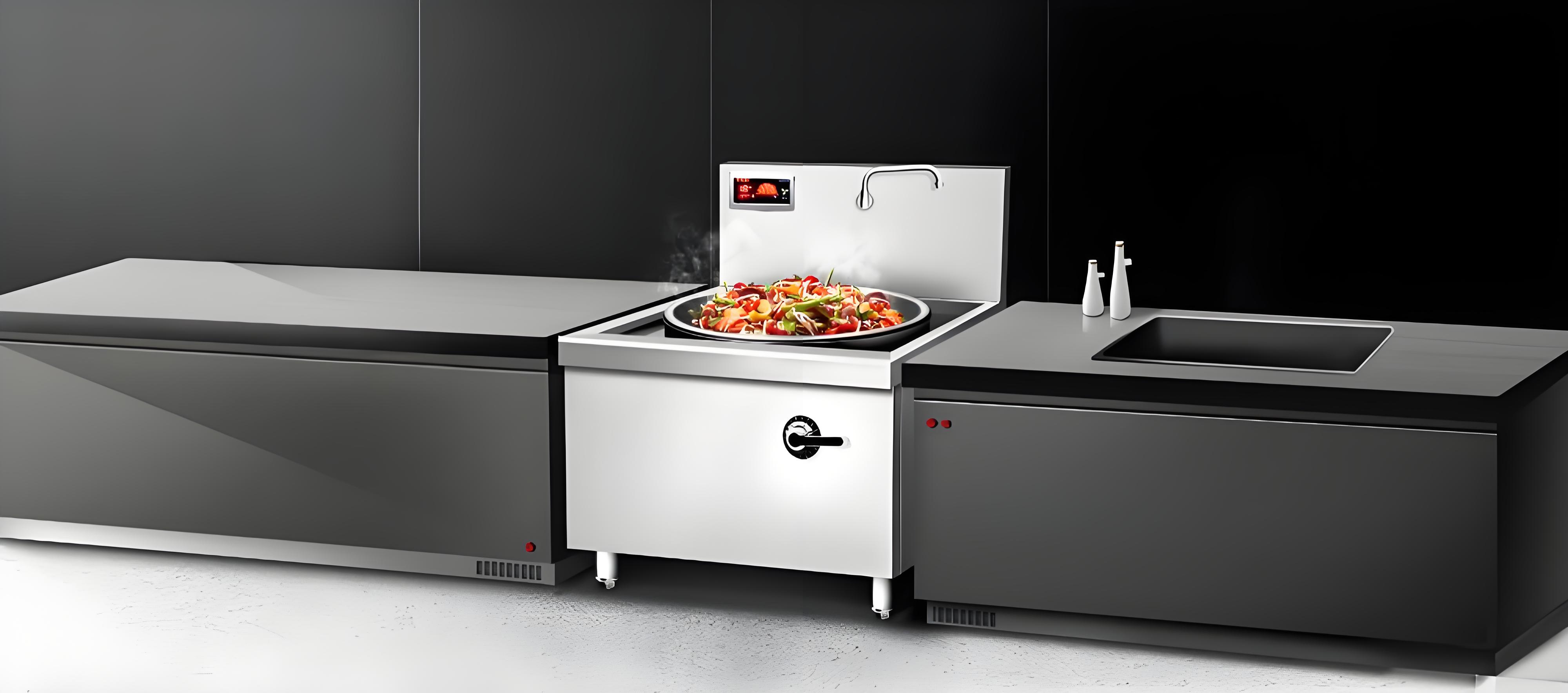
Stabilize Power Supply
If you suspect a power issue, unplug other appliances on the same circuit and plug the cooktop directly into a 220-240V outlet. If the problem persists, have an electrician check your home’s wiring for voltage drops or circuit overloads. This fixed a slow-heating issue for me in an older apartment with outdated wiring.
Reset the Cooktop
Unplug the cooktop for 10 minutes to reset its internal electronics. Then, plug it back in and test it on the highest setting. Check the manual for model-specific reset instructions, as some cooktops have a reset button or sequence.
Clean the Surface Thoroughly
Use a non-abrasive cleaner (like CeramaBryte) and a soft cloth to clean the glass surface. Avoid harsh scrubbers that could scratch the glass. After cleaning, dry the surface completely before testing again.
Improve Ventilation
If the cooktop is overheating, ensure it’s not boxed in by other appliances or clutter. For built-in models, check that the ventilation slots underneath aren’t blocked. I once fixed a sluggish cooktop by simply moving a toaster oven that was blocking airflow.
Update Firmware (if applicable)
Some high-end induction cooktops have firmware updates to improve performance. Check the manufacturer’s website for updates and follow their instructions. This is rare but worth checking for newer models.
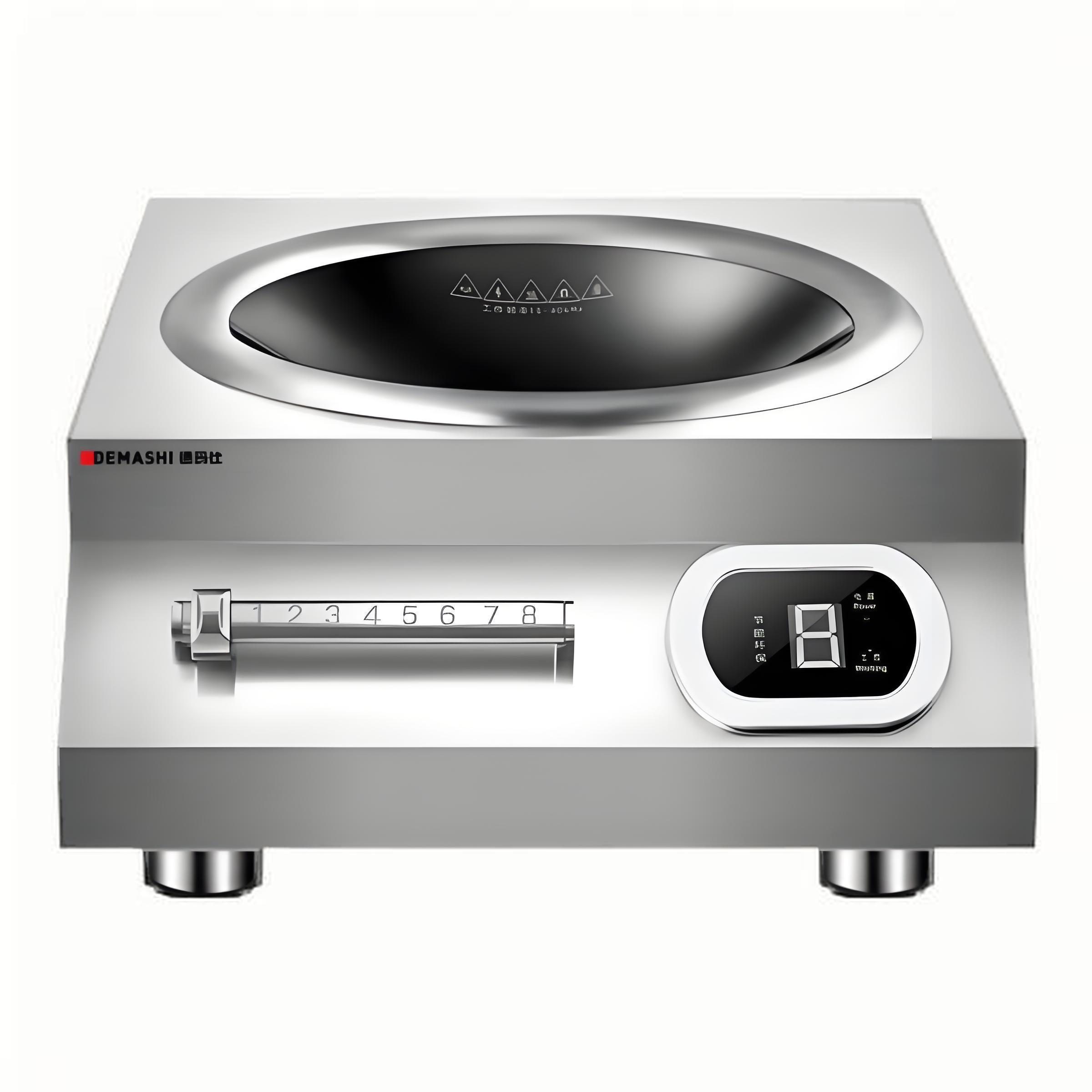
When to Suspect Your Cooktop Is Broken
If you’ve tried the above fixes and your cooktop is still heating slowly, it might have an internal issue. Here are signs that your cooktop could be faulty and what to do:
Inconsistent Heating Across Zones
If one cooking zone heats slower than others, the induction coil or power board for that zone might be failing. Test all zones with the same pan to compare performance.
Error Codes or Beeping
Many cooktops display error codes (e.g., E1, E2) when there’s a problem. Check your manual for the code’s meaning—it could indicate a sensor or circuit issue. I once saw an E3 error on a client’s cooktop, which pointed to a faulty temperature sensor.
Unusual Noises
If the cooktop makes buzzing or clicking sounds beyond the normal hum of induction, it could signal a damaged coil or electrical issue.
If you suspect a hardware problem, contact the manufacturer or a certified technician. Most high-power cooktops come with a 1-2 year warranty, so check your purchase records. If it’s out of warranty, a professional repair might cost $100-300, depending on the issue. In some cases, replacing the cooktop is more cost-effective if it’s an older model.
My Personal Experience
A couple of years ago, I bought a 2400W induction cooktop for my home kitchen, excited about its promise of fast cooking. But one day, I noticed it took forever to boil water for pasta—nearly 7 minutes for a liter! I went through my diagnostic checklist: the pan was induction-compatible, centered properly, and the power supply was fine. Turns out, I’d accidentally set it to “eco mode” during a late-night cooking session. Switching back to full power fixed it instantly, and I felt a mix of relief and embarrassment.
On another occasion, a client’s commercial-grade cooktop was underperforming. After ruling out cookware and power issues, I noticed the surface was covered in grease buildup. A thorough cleaning restored its performance, proving that sometimes the simplest fix is the right one.
These experiences taught me that slow heating is often user-fixable, but it requires patience and a systematic approach.
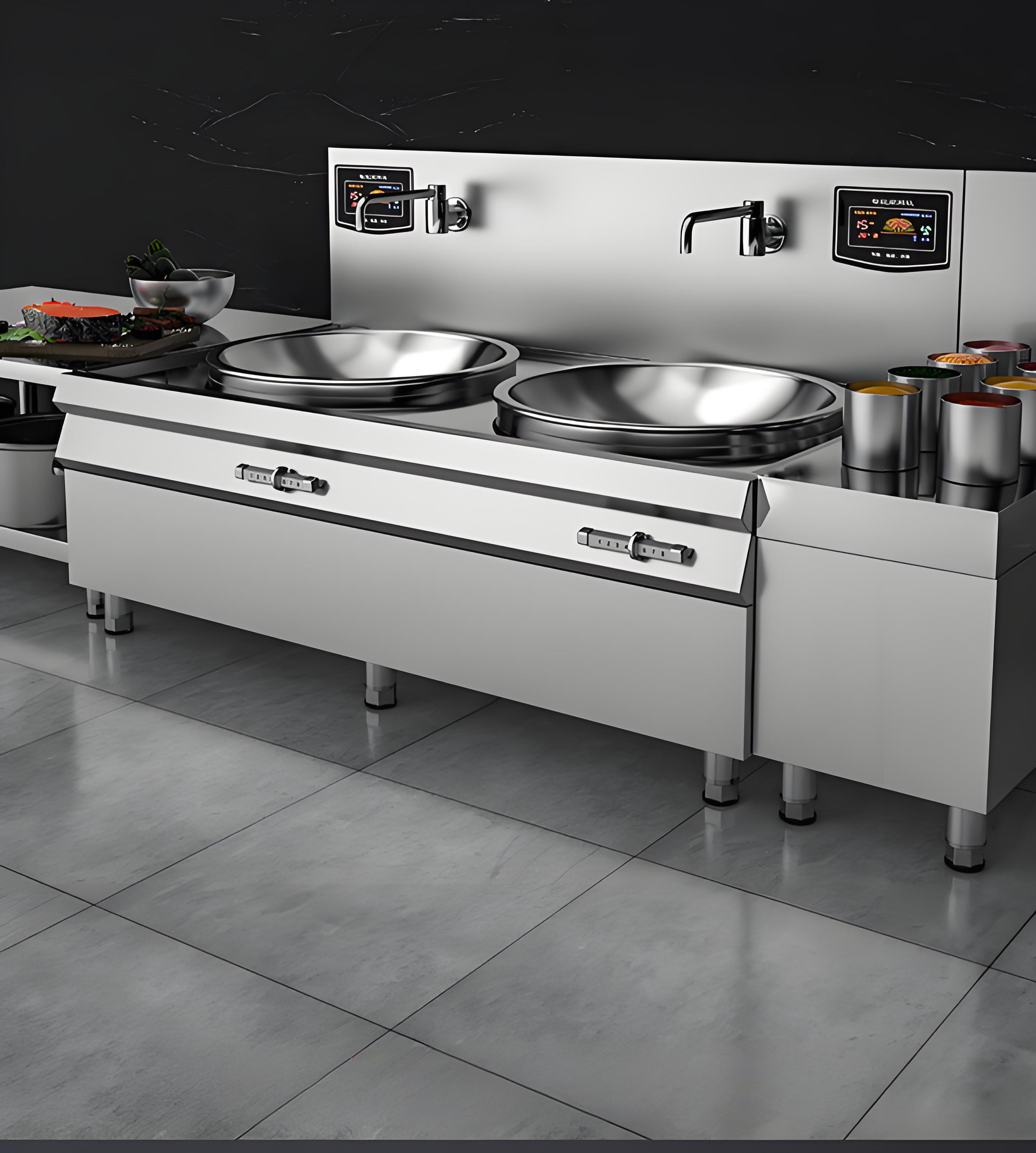
Comparing Induction Cooktops to Other Cooking Methods
To put things in perspective, here’s how induction cooktops compare to other cooking methods in terms of heating speed and efficiency:
| Cooking Method | Heating Speed | Efficiency | Common Issues |
|---|---|---|---|
| Induction | Very fast (3-4 min for 1L water) | High (90%+ energy transfer) | Cookware compatibility, power supply |
| Gas | Fast (4-5 min for 1L water) | Moderate (40-50% efficiency) | Flame inconsistency, ventilation needs |
| Electric (Ceramic) | Slow (6-8 min for 1L water) | Low (60-70% efficiency) | Slow response, uneven heating |
| Electric (Coil) | Very slow (8-10 min for 1L water) | Low (50-60% efficiency) | Slow heat-up, hard to clean |
Induction’s edge lies in its speed and efficiency, so a slow cooktop is a sign something’s off. Fixing it restores that game-changing performance.
Tips for Maintaining Your Induction Cooktop
To prevent slow heating in the future and keep your cooktop in top shape, follow these maintenance tips:
Clean Regularly: Wipe the surface after each use to prevent grease buildup. Use a dedicated cooktop cleaner for stubborn stains.
Check Cookware Quality: Invest in high-quality induction cookware with flat, thick bottoms for better heat transfer.
Monitor Power Usage: Avoid overloading the circuit by running multiple high-power appliances simultaneously.
Schedule Professional Checkups: If you use your cooktop heavily, have a technician inspect it every 2-3 years to catch wear early.
Conclusion
A high-power induction cooktop heating slowly doesn’t necessarily mean it’s broken. Issues like incompatible cookware, improper placement, power supply problems, or incorrect settings are often the culprits, and most can be fixed with simple adjustments. By systematically diagnosing the problem and applying the right fixes, you can restore your cooktop’s lightning-fast performance. If all else fails, a professional can help determine if it’s a hardware issue worth repairing or replacing.
I hope this guide helps you get your cooktop back to its best. If you’ve got more questions or want to share your own fixes, drop them in the comments! Below, I’ve answered some common questions to keep your kitchen running smoothly.
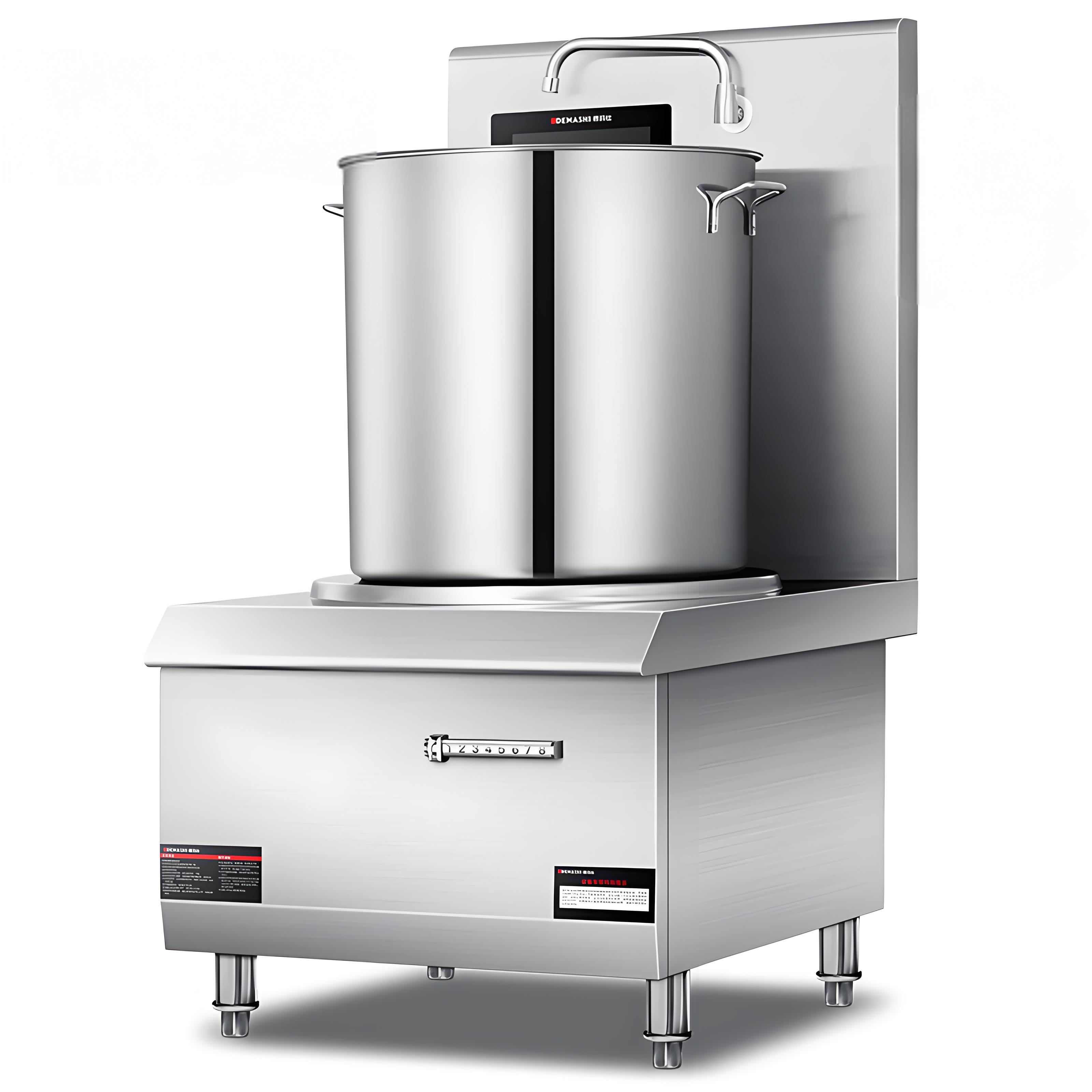
Frequently Asked Questions
1. How do I know if my cookware is induction-compatible?
Test the pan with a magnet—if it sticks firmly to the bottom, it’s compatible. Look for an induction symbol (coil icon) on the cookware’s base or packaging.
2. Why does my cooktop work fine with one pan but not another?
The pan might be too small, non-magnetic, or not centered properly. Ensure the pan matches the cooking zone’s size and is induction-compatible.
3. Can a weak power supply cause slow heating?
Yes, if the voltage is low or the circuit is shared with other appliances, the cooktop may not get enough power. Use a dedicated 220-240V outlet and check your wiring.
4. How often should I clean my induction cooktop?
Clean after each use with a damp cloth and mild detergent. For deep cleaning, use a cooktop-specific cleaner weekly to prevent grease buildup.
5. Is it worth repairing a slow-heating induction cooktop?
If it’s under warranty, definitely contact the manufacturer. For older models, compare repair costs ($100-300) to the price of a new cooktop. If the issue is minor (e.g., a sensor), repair is usually worthwhile.
